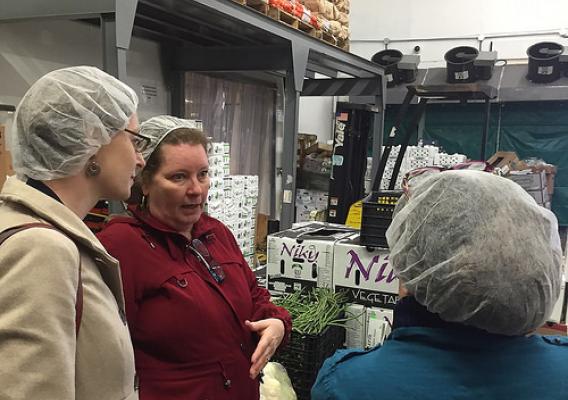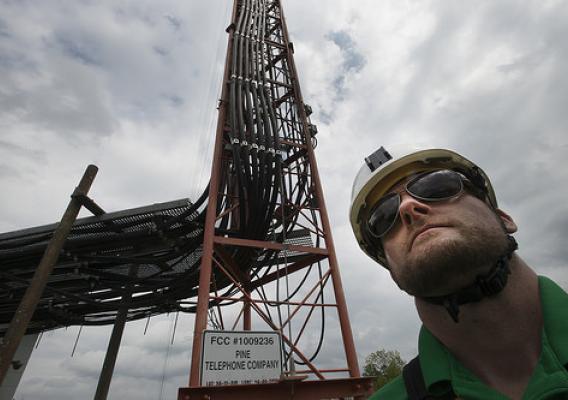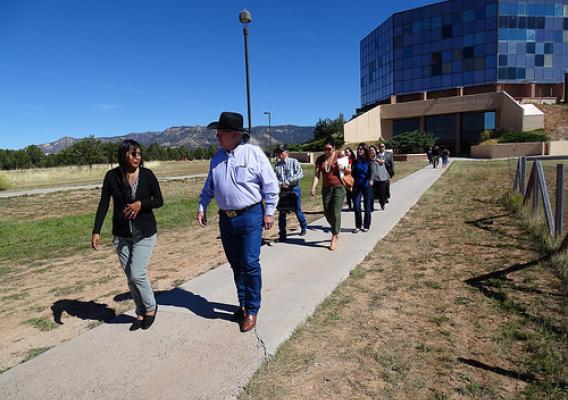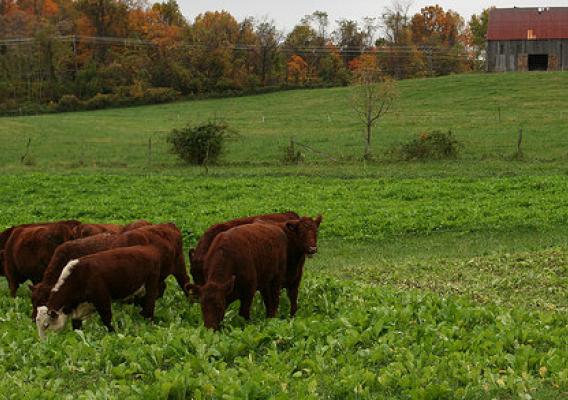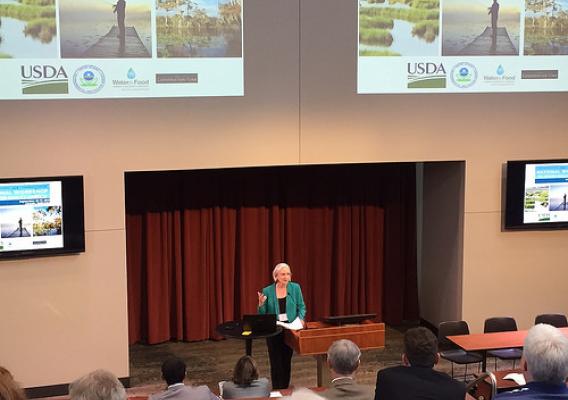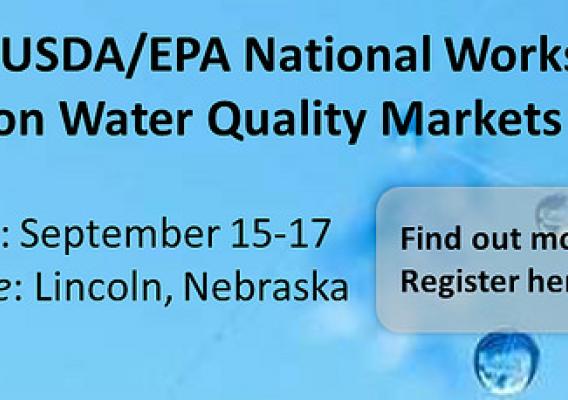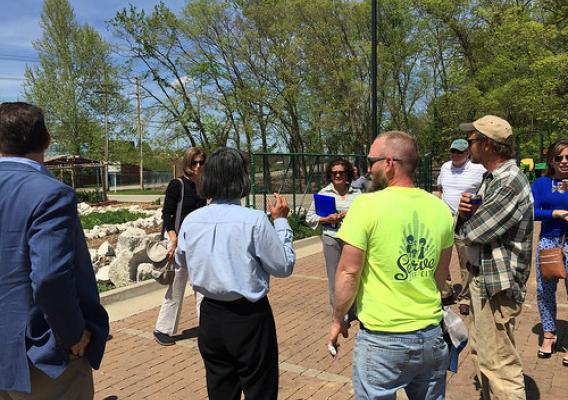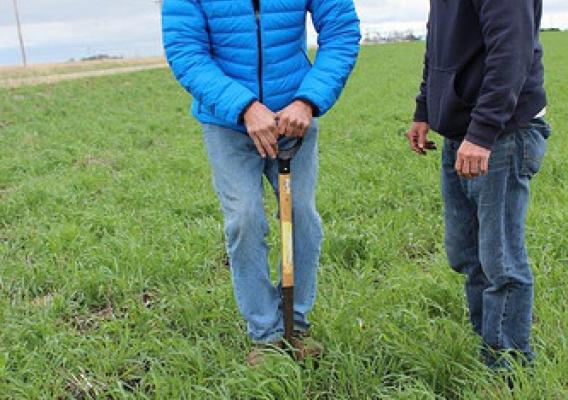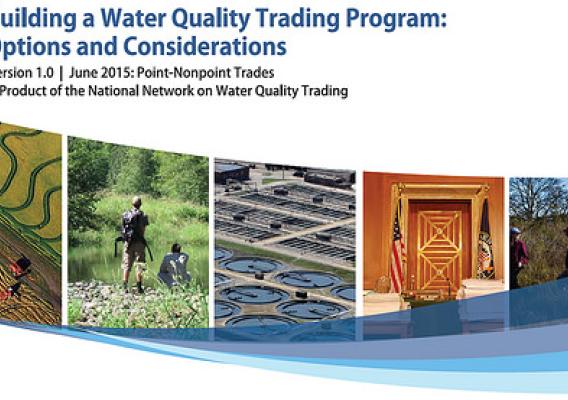USDA is committed to protecting streams, rivers and lakes through agricultural conservation, and has a long history of working with partners to implement the practices and policies needed to meet water quality goals. One of these policies, water quality trading, can help communities develop innovative, practical solutions for improving water quality, while generating environmental benefits at lower cost and increasing investment in rural America. At least twelve states have established one or more water quality trading programs—but creating the trading rules, working with stakeholders, and running a trading program can be difficult.
In 2013, The National Network on Water Quality Trading began as a dialogue between 18 organizations to tackle the challenges involved with establishing water quality markets. The Network represents a variety of perspectives, including farmers, utilities, environmental groups, regulatory agencies, and others interested in water quality trading. USDA participated in the process as a technical advisor.

